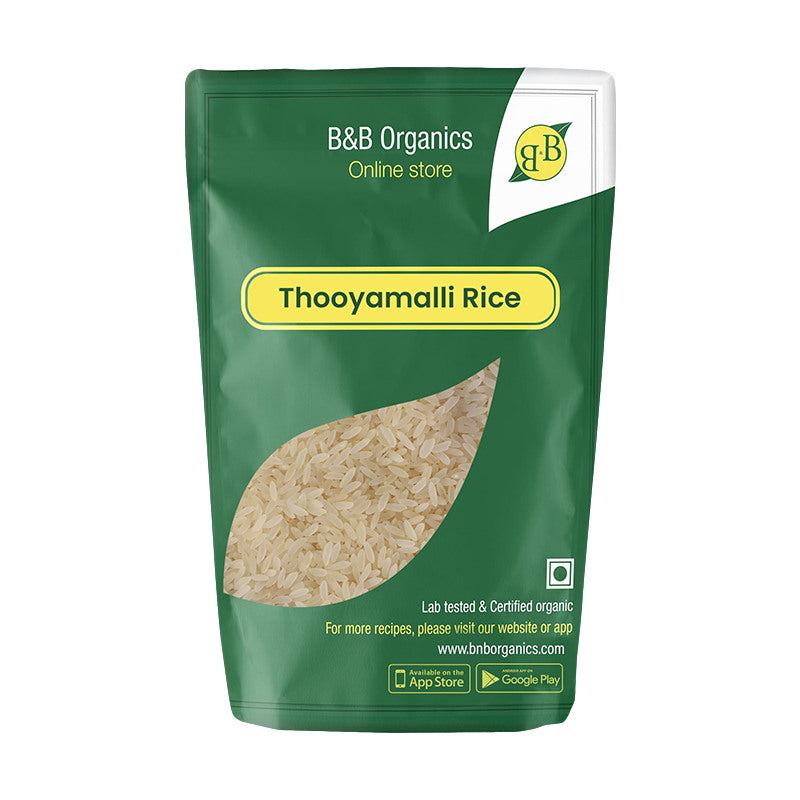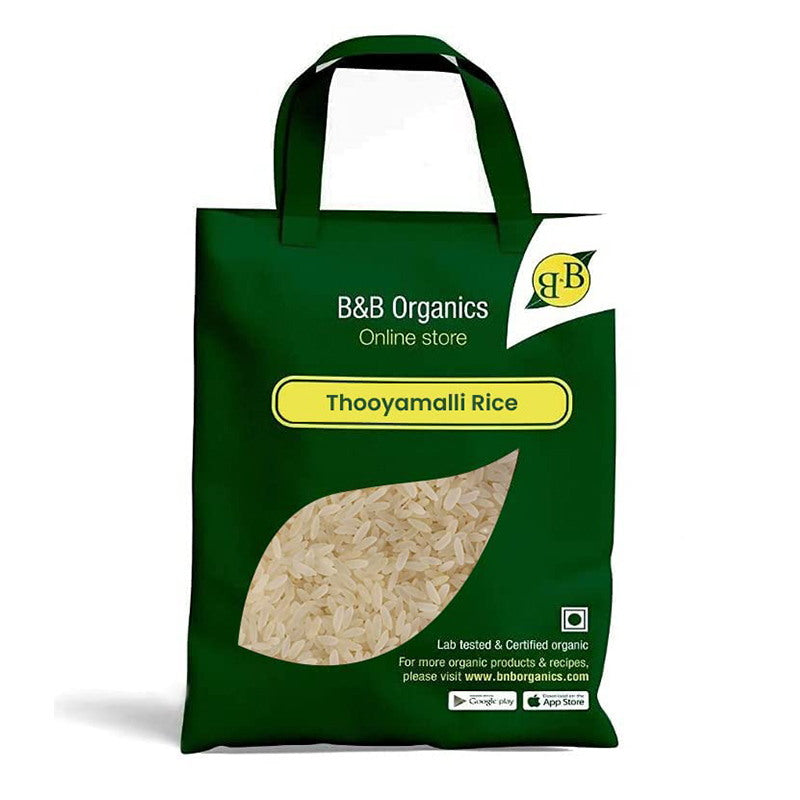Some of us want to lose weight, some of us are suffering from heart problems that require us to find better alternatives to our current food products and maybe some of us, just want to eat healthier. But all around us we find solutions to these problems in expensive and processed-food rich products. These are not viable solutions. What if there was one such crop that helped in all these problems? All of us would rush to buy it, Won’t we? What if it was a crop you have seen and heard about all your life? Is there really such a crop?
Yes, there is! Millets, the answer to a lot of problems, yet no one knows about them.
What are Millets?
Millets are a variety of small-seeded grasses grown as cereal crops in semi-arid regions of the world, mostly in developing countries like India, Mali, Niger etc

where it also serves as human food. In developed countries, they are used as fodder and thus many countries are following suit and ignoring the immense nutritional value millets bring to the table.
There are over 15 types of millets that are grown all over the world and many of them are named after the place they are indigenous to. Evidences have been found by palaeoethnobotanists that suggest that Millets were being consumed 7000 years ago too and were even more popular than rice itself!
So what makes millets so special? The answer is pretty simple. Millets are easy to grow, are tolerant of drought as they don’t require much water to cultivate as compared to their western counterparts, they are immensely rich in nutrients, have a lot of scientifically proven benefits and, most importantly, taste quite good.
Now, the question that arises in one’s mind is that if millets have so many benefits and are relatively easier to grow, why aren’t they popular already?
Millets, since the pre-historic times, were grown in tropic, semi-arid and hot weather regions of the world like parts of Africa and Asia. These were also the places that were colonized and lost a vast amount of their heritage and culture due to that. Moreover, the effect of western culture and the need to adopt it is quite predominant in these places. Hence, Millets became a long lost, poor-man’s crop amidst the more famous and supposedly “better” western crops like Quinoa and Oats. Not only this, Millets’ unpopularity can also be pinned on the very fact that there is no awareness regarding the “wonder crop” which in turn is because of low demand in the market. This is a vicious cycle that needs to be broken.
But how?
Why are Millets so good?
The first step towards bringing millets back into everyone’s everyday diet is to

first educate oneself and then others, as to why millets are good for us.
Taking one look at the numbers we find that, In a 100g raw serving of millets we get 378 kcal, 4.2 g fat, 73g carbohydrates, 11g protein, 195 mg Potassium, 5 mg Sodium, 16% iron, 20% Vitamin B6 and 28% Magnesium. So how do all these help us?
Millets help to fight Diabetes
We just saw that millets have 28% magnesium. Magnesium helps in processing starch in our body. They also have low glycemic index. Thereby, significantly preventing the risk of diabetes and controlling amount of insulin in our body.
Millets are Gluten free
Millets have no gluten content, so are perfect for those suffering from Celiac Disease. A disease where body’s immune system reacts to gluten present in wheat, barley etc and causes damage to lining of small intestine leading to malabsorption.
Millets are good for our heart
Potassium is a known vasodilator, a chemical that thins your blood, in doing so it effectively reduces your blood pressure and lowers the risk of a heart attack or a stroke.
Millets aid in digestion
They are whole grains with a quite high level of fibre content. We all know that high fibre content makes digestion easier and also inceases the effective absorption of nutrients. All this leads to better functioning kidneys, liver and immune system and eliminating problems like constipation, bloating and cramping.
Millets detoxify the body
They are rich in antioxidants. Chemicals that help remove toxins from are body are catechins and Millets contain a good amount of catechins like Quercetin, curcumin etc which clean out a huge amount of toxins from our body.
Millets prevent Cancer
Cancerous cells are formed in the body due to presence of oxidative substances. Millets contain anti-oxidants like selenium which block the formation of oxidants in the body. Thereby, reducing the risk of cancer.

Millets help in weight-loss
Yes, Millets do help our body to shed out that extra layer of fat. Millets are low-calorie but heavy food items, which means that they will keep you feeling full for a long time and decrease unwanted hunger pangs. Making your body eat less and work more!
Millets in India
India is the biggest producer of millets in the world, with about 10.3 tonnes of Millets being grown every year. Obviously, Millet production has seen a rise in the past few years because of the awareness being spread about the plethora of benefits offered by the wonder grain.
While categorizing millets, they are divided into two main categories
- Pearl Millet(Bajra)
- “Small” Millets
- Pearl Millet (Bajra)
Pearl millet is rich in proteins, can be grown in sandy soil, has better utilization of moisture than any other variety of millet and also has highest yield out of all under heat and drought conditions .It is also the biggest in size. . It is suitable for making flour for dosas, rotis etc.
- “Small” Millets
- Finger Millet(Ragi)
Ragi is one of the most popular types of millets and is still being consumed in large amounts in India. It is grown in relatively cooler environments, requires more water. The grain is small and the plant has small spikes or “fingers” on its stem, hence it is named Finger millet. It is good for weight control, diabetes and keeping the body cool. Ragi can be used a flour for dosas, roti, ragi balls and in many more exciting recipes.
- Foxtail millet (Kangni)
It is the second most widely planted species of millet. It is an amazing form of millet mainly because it is rich in iron and copper. The presence of these two minerals helps felicitate the removal of bad cholesterol in our body and gives a boost to our immune system.
- Barnyard millet (samvat ke chawal)
It is low in calories, rich in fiber (6 times that of wheat), low glycemic index and a good source of iron. All of these qualities make it the “ideal” millet for Weight loss!
- Buckwheat Millet (kuttu)
Like all other millets, this species also has high fiber content, is good for our heart, prevents diabetes but what separates it from all other millets is its slightly elevated protein content which makes digestion easier as compared to wheat based products.
- Little millet (Moraiyo)
High fiber content, rich source of vitamin-B, minerals like calcium, Iron, zinc and potassium make this millet good for weight loss and maintaining low cholesterol levels.
- Proso millet (Chena)
Commonly called broomcorn millet, this crop was first grown in China and is till date a very popular food item there. It can be ground to make flour or used as bird feed in some countries or used to brew beer.
- Sorghum(Jowar)
Sorghum or jowar is drought resistant and quite easy to grow. That’s why it is the 5th most important cereal crop in the world. Although at times Sorghum is considered a separate cereal but it is also referred to as the “Great” Millet. It has the highest iron content of all millets. It is also used as a sweetener, reduces risk of several cancers and aids in diabetes prevention.
Names of various Millets in different languages (Know your Millets)
Conclusion
Healthier choices make healthier body, mind and soul. Millets are right now the healthiest crop available to us and with awareness being spread about its benefits, it is sure to become an essential part of our diet in near future. So why not start from today, taking a step forward towards a better tomorrow. It’s not just about choosing a grain that is better than the rest, it is about choosing a lifestyle that keeps one contented, healthy and happy.
B&B Organics sells more than 10 types of millets which are difficult to find in markets. “To try the product, please click here











